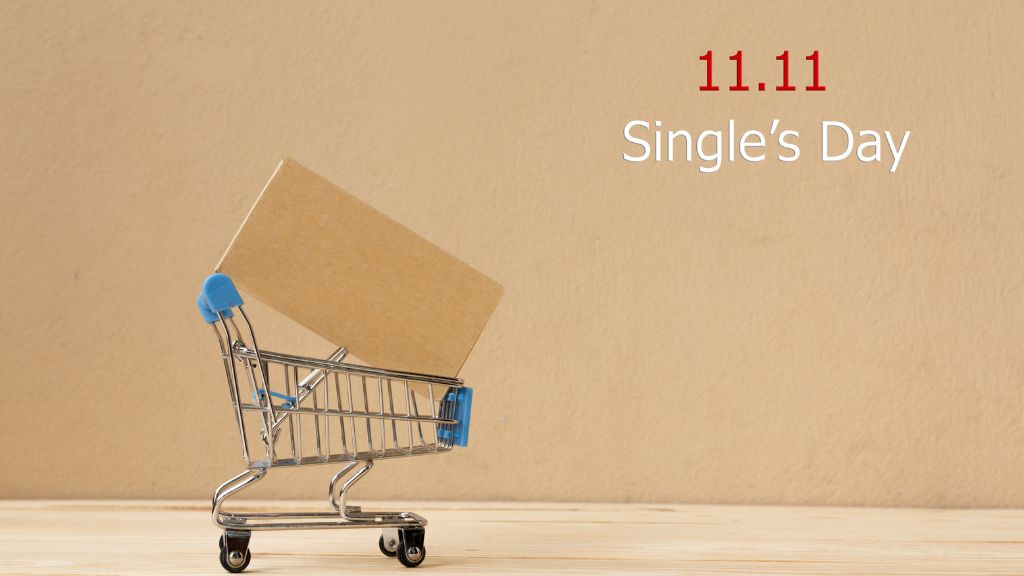

Peak season includes some of the most important events on the commercial calendar, such as Single's Day (11.11), Black Friday, Cyber Monday and pre-Christmas sales.
The eCommerce sector must prepare for these periods months in advance, designing effective sales strategies to maximize revenue and take advantage of the increase in consumer traffic.
We have collated some of the most effective Peak-Season online sales strategies. We will explain how advanced tools such as Minderest’s Pricing Tool can help optimize your Peak Season pricing and promotions.
What is Peak Season, and when is it?
Peak Season is the times of the year when online commerce experiences a significant increase in traffic and sales. Although the season may vary slightly depending on the market and the location, it overlaps with key times of the year when consumers’ willingness to buy is exceptionally high.
When are peak sales seasons for eCommerce?
Peak retail seasons are as follows:
Black Friday
Black Friday, celebrated the day after Thanksgiving in the United States, marks the unofficial start of the Christmas shopping season. Historically, retailers saw this day as an opportunity to make a profit, or “go into the black”, hence its name. It’s a day when consumers are willing to browse. They also spend a significant amount of time online comparing prices. To succeed, you need to know if your competitors’ prices are more attractive than yours, so that you can rectify the situation.
Cyber Monday
Cyber Monday, the online equivalent of Black Friday, takes place the Monday after Thanksgiving. This event started years ago to boost online sales at a time when they made up a less significant proportion of the market. Today, both Black Friday and Cyber Monday tend to be covered by the Black Friday umbrella, or can also be known as Cyber Week.
Christmas shopping
The run up to Christmas is one of the seasons with the highest demand for all kinds of products worldwide, mainly focusing on Christmas decorations, food and gifts. Retailers use this to boost sales and end the year with the best possible sales figures.
Back to school
September marks the end of the summer holidays and the start of term, which means that families have to shop for clothing, electronic devices and school supplies for the coming academic year.
Valentine’s Day and Mother’s Day
On both these days, gifts, chocolates, flowers, trips and all kinds of activities are in high demand as consumers hope to create closer ties and show affection.
Prime Day
Amazon’s Prime Day, usually in July, has become a global shopping event where thousands of retailers in the world’s largest marketplace offer their best deals.
Minderest’s Amazon price monitoring software can prove hugely beneficial.

Peak season online sales strategies
The leading online sales strategies used by retail players online to get the most out of peak season are:
Quality data analytics
Data-driven decision-making is key. However, it is crucial to be able to rely on quality data when designing sales strategies in today’s highly competitive and dynamic markets, with constant price changes and promotional launches. The best Price Intelligence software is vital to gaining in-depth insights into your competitor’s pricing trends, average market price, and behavioural patterns.
Inventory management and demand forecasting
The ability to meet the demand of potential customers with the right products at the right time can be the difference between success and failure. But it’s not easy. You need a demand forecast, although it usually has wide margins of error. Fortunately, technological advances such as Artificial Intelligence are making it easier to calculate these kinds of metrics and increasing accuracy by considering many variables. To avoid losing sales to your competitors by running out of stock, you need an advanced demand forecasting tool.
Pricing strategies
Price is key to peak season sales success. The right pricing strategy will help you attract customers, boost sales and maximize revenue during periods of high demand. Pricing strategies commonly employed during these periods include:
- Volume discounts: BOGO Promotions (buy one, get one free, 3for2 or buy one, get the 2nd half price), bundle pricing, and even tiered prices that steer the consumer toward the higher-priced product as they perceive a higher value.
- Dynamic Pricing: The ultimate upgrade. This is an advanced pricing strategy plus artificial intelligence. The tools constantly calculate the best selling price depending on demand, competition, market behaviour, sales history and your internal business variables.
- Price Anchoring: Display more expensive products next to those that you want to promote. This improves the consumer’s price perception so the product seems cheaper.
- Loss leaders: The opposite of price anchoring. This involves advertising products at a loss to increase traffic to your store or website. The low price hooks consumers, and then retailers try to steer the consumer to purchase other products with a higher profit margin.
- Time-limited offers: These use scarcity and urgency to increase sales. Promotions such as Offer of the Day or Lightning Sales boost impulsive purchases.
- Loyalty discounts: Loyalty or VIP programs give access to exclusive discounts and special promotions.
Luckily, monitoring competitors’ movements to identify your positioning and adapt your strategy has never been easier. You just need a Price Intelligence tool like Minderest that provides accurate and up-to-date data for more agile decision-making.
Find out how Minderest can take your business to the next level.
Contact our pricing experts to see the platform in action.
Related Articles

Reference or Strike-Through Pricing on Amazon: How to monitor sellers on this marketplace
It’s imperative to monitor the movements of all the sellers vying for your piece of the pie - and those selling your products - to maintain competitiveness in a market as crowded and competitive as...
How to select the best pricing tool for the retail sector
In the competitive retail sector, price intelligence has become critical to success. Knowing your competitors’ prices, market fluctuations, and consumer trends allows you to make strategic...